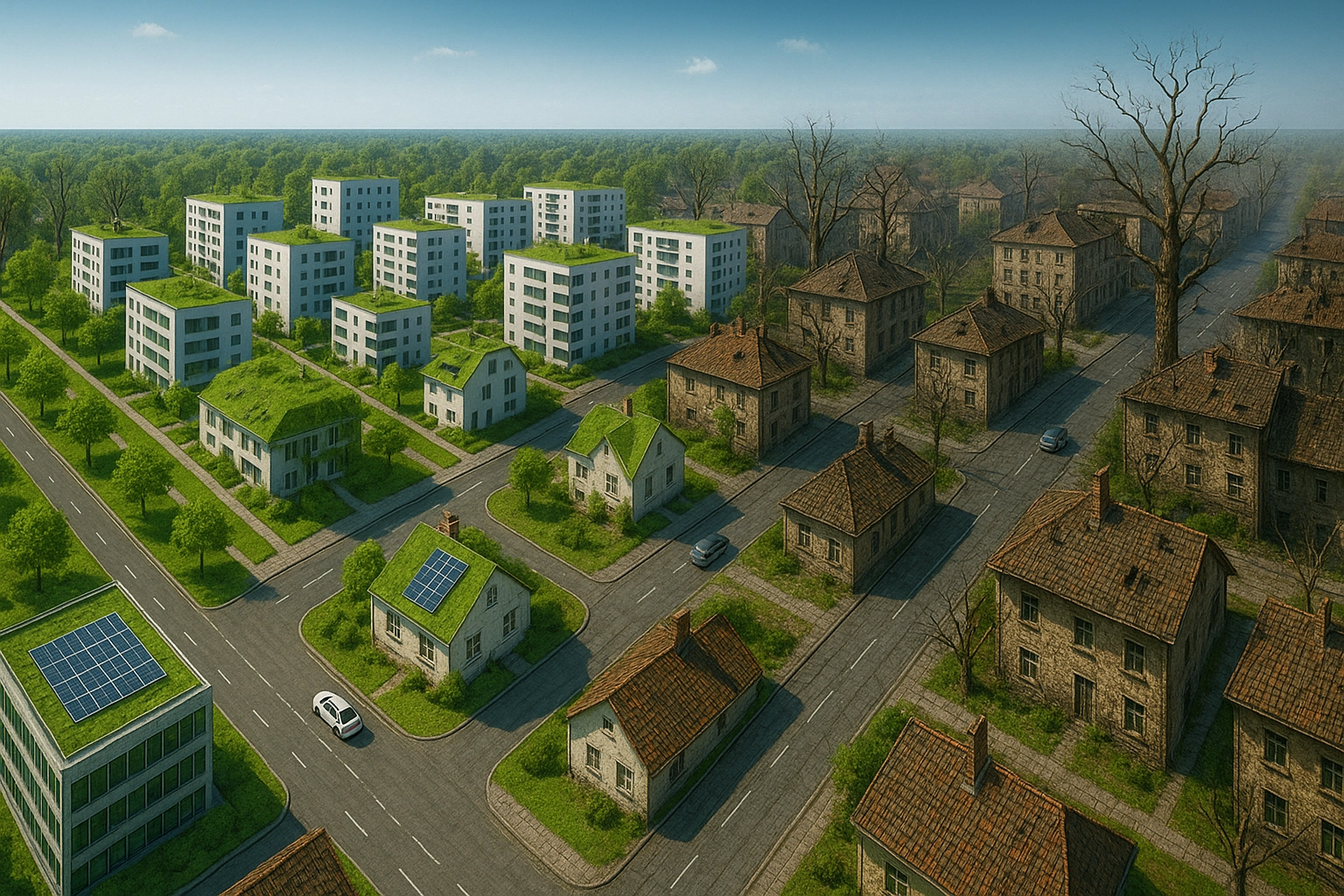This week, we look beyond the initial phase of ETS2. We will explore why the introductory price cap is temporary and how carbon prices are forecasted to rise, making proactive retrofitting a critical investment to avoid much larger expenses in the near future.
The Price Cap is a Temporary Safeguard
It is crucial to understand that the initial price cap mechanism—which triggers the release of extra allowances if the carbon price exceeds €45 per tonne of CO2—is a temporary measure. It was designed to ensure a smooth market start and prevent excessive volatility during the first three years of the system's operation, from 2027 to 2029.
After this introductory period, the price of carbon will be more fully determined by market supply and demand. To meet the EU's ambitious goal of a 42% emissions cut by 2030, the price will almost certainly need to be significantly higher than the initial cap.
The Long-Term Forecast: A Price Surge Toward 2030
Financial models and forecasts paint a clear picture of the future. Without the initial cap after 2030, carbon prices are projected to surge, potentially reaching €149 per tonne by 2030 in base-case scenarios.
Let’s put that number in perspective. A price of €149/tCO2 is more than three times the initial capped price of €45/tCO2. This means that the annual cost increases we discussed last week could also more than triple. An extra €200 per year could quickly become an extra €600 or more. Depending on energy policies and the pace of efficiency improvements, some analyses show a potential price range between €71 and €261/tCO2. While the exact number is uncertain, the direction is clear: up.
Retrofitting: An Investment, Not an Expense
This forecast fundamentally changes the financial calculation for property owners. The decision is no longer simply about whether to bear the cost of a retrofit. The real choice is between:
- Investing now in energy efficiency to permanently lower your fuel consumption.
- Doing nothing and committing to paying a volatile and escalating carbon price through your energy bills for the foreseeable future.
For homeowners, this is about long-term savings and budget stability. For portfolio managers, it is a clear-cut Return on Investment (ROI) decision. While retrofitting requires an upfront capital investment, it acts as a powerful hedge against the rising costs of carbon. Delays in preparation will only lead to higher long-term operational expenses.
Making the right investment requires a clear, data-driven plan. It starts with understanding your building's current performance to identify which retrofits offer the most significant impact for the lowest cost.
The initial ETS2 costs are a call to action. The real financial risk, however, lies in ignoring the clear long-term trend.
Next week, we will move from risk to action. We will outline five key, concrete steps you can take to prepare your building for the full impact of ETS2.
